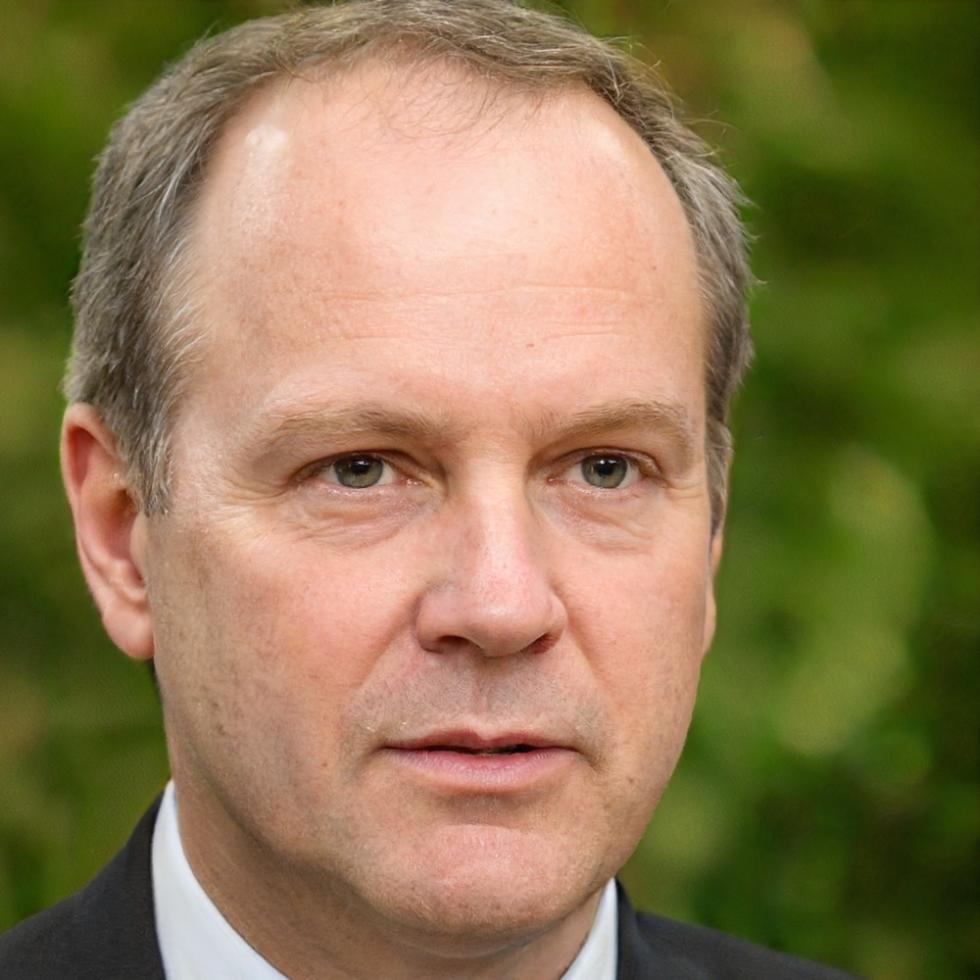What You'll Need Before Starting Your Financial Journey
Setting up proper forecasting doesn't happen in a vacuum. You need certain things in place first—not because we say so, but because the process itself depends on them.
We've worked with businesses across Australia since 2021, and the ones who get value fastest are those who show up prepared. Not perfectly organized, just ready with the basics.


The Non-Negotiables
These aren't suggestions. If you're missing any of these, we'll spend the first few weeks gathering them instead of making progress.
Better to sort them now than discover gaps later.
Historical Financial Data
At least 12 months of records. Profit and loss statements, balance sheets, cash flow—whatever your accountant provides. Forecasting models need patterns to work from, and you can't spot trends without history.
Current Banking Access
Read-only access to business accounts, or regular exports from your accounting software. Real-time data beats outdated spreadsheets every time. We can't forecast accurately if we're working with numbers from three months ago.
Business Structure Details
How you're set up matters. Sole trader, partnership, company—each has different tax implications and reporting requirements. We need to know this upfront so forecasts match your actual obligations.
Decision-Making Authority
Whoever we're working with needs to make calls about budget allocation and strategic shifts. If every decision requires three approval layers, progress slows to a crawl. Bring the person who can actually say yes.
Time Commitment
Plan for 2-3 hours weekly during setup, then maybe an hour fortnightly once things are running. This isn't passive—budgeting tools need input, reviews need attention. If you can't spare the time, results will suffer.
We had five years of messy records when we started. Took us about three weeks to organize everything properly, but once we did, the forecasting process made immediate sense. Worth the upfront work.
I thought I'd need an accounting degree to understand this stuff. Turns out you just need clean data and someone who explains things in plain language. The preparation checklist helped me get my act together before we even met.
How to Get Ready
A simple path from wherever you are now to being genuinely prepared. Most people complete this in 2-4 weeks.
Gather Your Records
Pull together everything from the past year. Bank statements, tax returns, invoices—whatever shows money moving in and out. Don't worry about organizing it yet, just collect it in one place.
Identify Information Gaps
Look for missing months or unclear transactions. Maybe your July statements are nowhere to be found, or there's a payment you can't explain. Write down what you're missing so you can track it down.
Connect Your Systems
Set up proper access to your accounting software or arrange regular exports. If you're still using spreadsheets, now's the time to move to something more robust. Xero and MYOB both work fine with our tools.
Define Your Goals
Write down what you actually want from this. More cash reserves? Better seasonal planning? Clearer growth targets? Specific goals shape how we build your forecasting model, so vague intentions won't cut it.
Schedule Your Availability
Block out time for the initial setup phase. Mid-2025 through early 2026 is when most clients begin working with us, so reserve a few hours each week during that period. Consistency matters more than marathon sessions.

